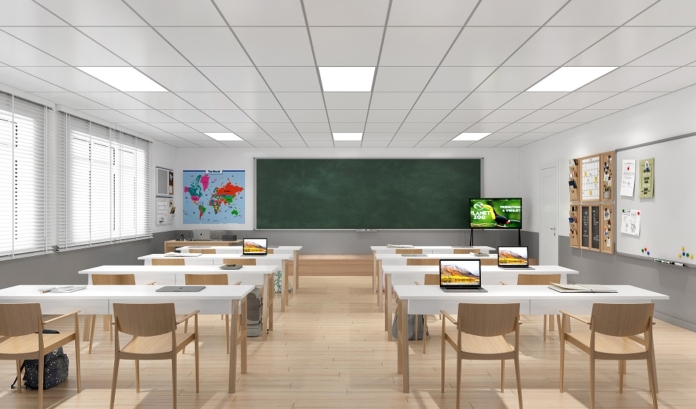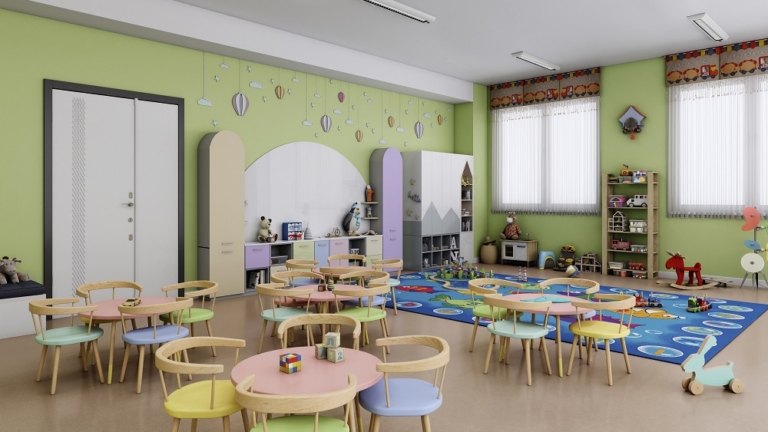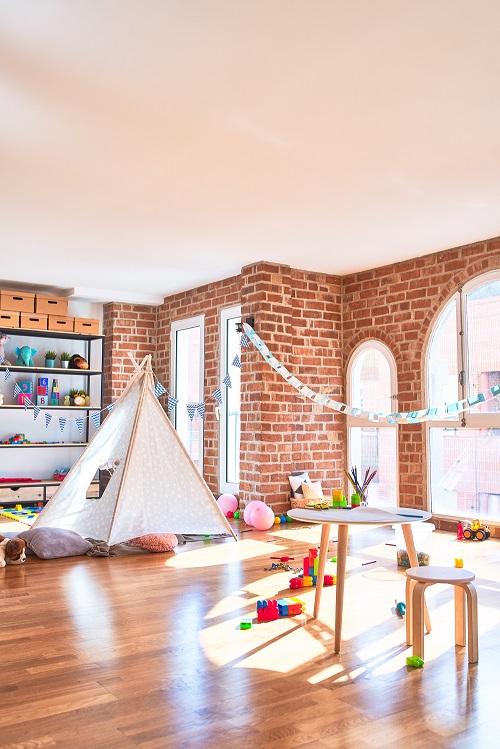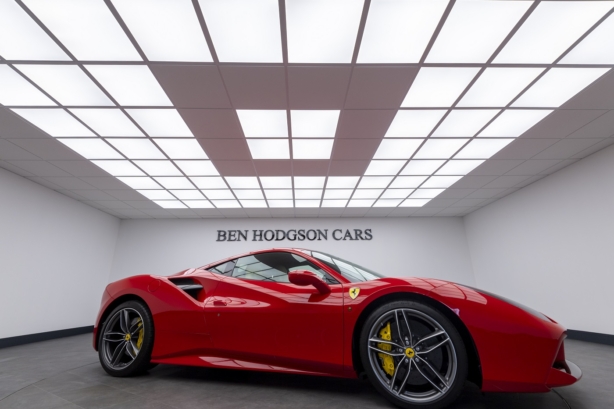
We are a leading manufacturer of quality internal and external lighting products for commercial, industrial and retail applications.
View all productsAt Ansell Lighting we design and manufacture an extensive range of luminaires for a diverse number of sectors and applications. Whatever the shape, purpose or style of your space, we have a lighting solution.
View all sectors & applicationsWe are a leading manufacturer of quality internal and external lighting products for commercial, industrial and retail applications.
Welcome to Ansell lightingWe are here to answer any questions you may have, help you find a stockist or speak to a local member of our team.
OCTO delivers the complete smart lighting package to transform the efficiency and ambience of commercial and residential spaces.
Find information regarding our product warranty, product data downloads and FAQs regarding lighting and technical terms. Here you will find support with training CPDs as well as useful lighting design and LED strip calculators.
Lighting for Education – Pre School

Whilst looking to write this editorial, there are thoughts that many pre-schools and nursery schools all over the UK and further beyond, are located within buildings, having little natural light, or are poorly illuminated.
This scenario does not offer the ideal environment in which very young children can develop and thrive!
Providing the best lighting within the pre-school/nursery group classroom is massively important as the designed solution will do so much more than just provide basic illumination. It will allow and encourage children to learn through the engagement of discovery and adventure within the classroom space whilst also providing the opportunity for them to develop physically, emotionally and socially. The lighting will also benefit the children on an intellectual basis within a safe environment full of fun and enjoyment and this scenario can provide the required conditions and atmosphere for their well-being, which can assist in promoting optimum child development.
Young children in pre-schools can tend to be continuously active and inquisitive about what surrounds them within the classroom. It is known that the visual perception of children is continuously developing through these early years and they tend ask questions about what they see so that they can recognise and understand their environment moving forward.
When considering a solution, natural light is an important factor for all educational establishments as it is not beneficial for children to spend significant amounts of time in spaces which either receive little or no natural daylight. This is especially important with younger children and spaces devoid of daylight or that have little are not ideal locations for pre-school educational spaces.
Designing lighting for pre-school classrooms is therefore not just a straightforward calculation of providing a level of illumination, rather it is a more complex process of firstly understanding the concept of pre-school education combined with the specific requirements for the individual application with regard to creating the right lighting solution across a wide range of activities including those which are table based such as crafts and games through to storytelling or boisterous play as well as for relaxation sessions. Young children can easily get frustrated and need to potentially ‘let off steam’ and in providing a well illuminated safe space can assist in allowing them to do that enjoyably.
All of these requirements can make this a more difficult task for the lighting designer than just calculating illumination.
To facilitate this, the lighting level should be optimally calculated to allow the children to visually see clearly within the classroom on both the horizontal plane when undertaking visual tasks as well as to provide a balanced luminance distribution on the vertical plane, with luminaires which offer good colour rendering. This is especially important where the young children are looking to be engaged in some of the more creative activities taking place such as colouring or painting and when colours need to be clearly identified as when completing a jigsaw.
Achieving the calculated average lighting levels as detailed within legislation does not always constitute the best solution as an acceptable level of lighting uniformity is also important so as to prevent massive differences in the levels of illumination across the space. Next to consider is the colour temperature of the proposed luminaire(s) and what provides the best solution for the individual application or alternatively, a proposal to utilise a colour tuneable light source may offer the flexibility of the changing appearance within the space dependent upon the activities taking place and the colour rendering value of the light source, as higher CRI values can increase colour accuracy and offer a more true colour for objects.
Glare is a consideration within any design and especially so in this type of environment where some children may experience an increased sensitivity to glare, which can be caused by excessive bright daylight through windows without blinds and from the installed lighting fittings, either directly or reflected off a bright surface within the space.
The next part of the planning process is how the light is distributed within the space, whether it be from downlighting sources only or from a combination of direct and indirect illumination, which, if selected can help to reduce glare and increase the overall brightness within the space.
For general playroom and nursery activities, the level of maintained illumination is at 300 Lux with a of uniformity of greater than 0.40 incorporating a Colour Rendering Index of 0.80. High luminance values should be avoided within the viewing directions from below by either using a method of diffusing the light sources or alternatively installing indirect luminaires.

Illumination within the classroom should be controllable and with colour tuneable luminaires, the lighting can be both dimmed and has the ability to change colour temperature. Using the benefits of daylight and shading together with a controllable lighting solution can allow the space to have, a level of maintained illuminance which meets or exceeds that recommended for the application.
Finally, young children tend to like colour and adding a colour feature to the classroom can offer additional interest and more importantly the opportunity for them to be inquisitive about this feature and what it illuminates within the classroom.
Using a system such as the Ansell OCTO will allow for the opportunity to offer different lighting solutions within the same space, by adjusting levels of general illuminance and its colour temperature, whilst adding colour features into the space for differing activities.
On a more serious note, emergency lighting within the classroom may be a requirement and it is therefore important to select equipment which can be offered as a maintained emergency version as this provides a combined mains and emergency solution, removing the need for additional luminaires.
In concluding, creating that optimum lighting solution for the pre-school classroom is a most important task as in doing so, the designer will provide the children with a greater opportunity to thrive in a place which promotes learning and development, rather than just offering light to see by.
You Might Also Be Interested In...

